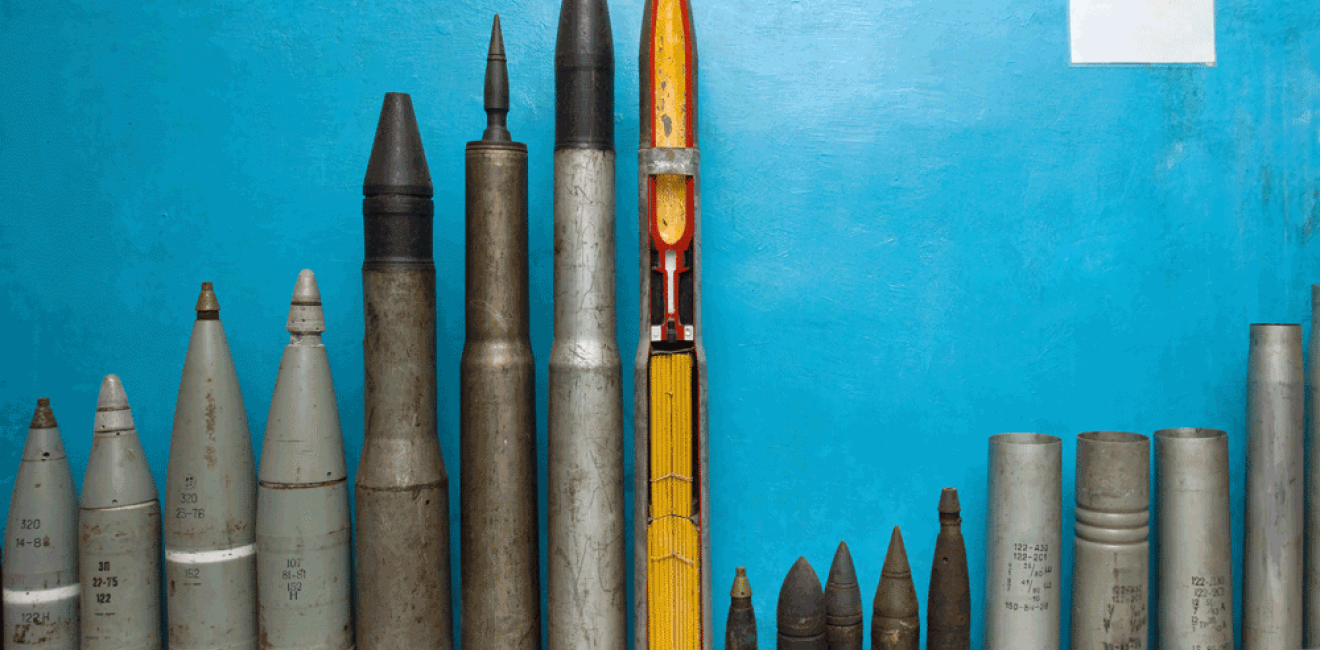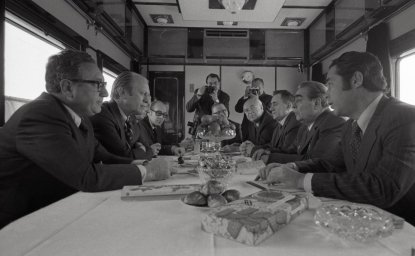Security for Disarmament: Negotiating Ukraine’s Budapest Memorandum
Mariana Budjeryn introduces a new batch of translated Ukrainian documents to mark the 24th anniversary of the Budapest Memorandum.

A blog of the History and Public Policy Program
Mariana Budjeryn introduces a new batch of translated Ukrainian documents to mark the 24th anniversary of the Budapest Memorandum.

The ongoing Russian-Ukrainian conflict, with its recent escalation in the Sea of Azov, continues to draw attention to the substance of security commitments pledged by the nuclear weapons states to Ukraine in exchange for dismantling the nuclear arsenal it inherited from the Soviet Union.
On December 5, 1994, Ukraine, the Russian Federation, the United States, and the United Kingdom signed the Memorandum on Security Assurances in Connection with Ukraine’s Accession to the Treaty on the Non-Proliferation of Nuclear Weapons in Budapest, Hungary—the letter and spirit of which has been the focus of a renewed public and academic discussion since its violation by Russian in 2014.
An Issue Brief revisiting the history of the Budapest Memorandum negotiations was published by the Nuclear Proliferation International History Project (NPIHP) in 2014 along with a collection of translated Ukrainian archival documents. On the 24th anniversary of the signature of the Budapest Memorandum, NPIHP is now releasing a new batch of translated Ukrainian documents to augment the existing collection.
The new documents elucidate the challenges faced by Ukraine in 1992-1993 in a two-track negotiation process on nuclear disarmament. One track was the negotiation of security guarantees where it engaged primarily with the United States but also with Russia. The documents (here, here, and here) reveal that Ukraine’s diplomats mounted an earnest, although ultimately unsuccessful, effort to negotiate robust security commitment from the United States in a legally binding format.
The second track was the negotiation with Russia of the compensation for the fissile materials contained in the nuclear warheads withdrawn from Ukraine, as well as of the procedure for regular servicing of nuclear warheads by Russian manufacturers to ensure their safety while they were still on Ukraine’s territory.
The documents (here and here) show that the Ukrainian leadership was concerned about the safety of nuclear warheads on its territory in view of Ukraine’s dependence on Russia’s technical servicing and maintenance of the warheads, a leverage Russia might have used to its advantage. The documents also reveal (here, here, and here) the critical divergence in Russian and Ukrainian positions regarding the matter of ‘ownership’ of nuclear warheads in Ukraine and their components, not only as a basis for compensating Ukraine for the fissile materials contained in the warheads, but also as a matter of principle.
The documents include:


A leader in making key foreign policy records accessible and fostering informed scholarship, analysis, and discussion on international affairs, past and present. Read more


The Nuclear Proliferation International History Project is a global network of individuals and institutions engaged in the study of international nuclear history through archival documents, oral history interviews, and other empirical sources. Read more


The Cold War International History Project supports the full and prompt release of historical materials by governments on all sides of the Cold War. Read more



